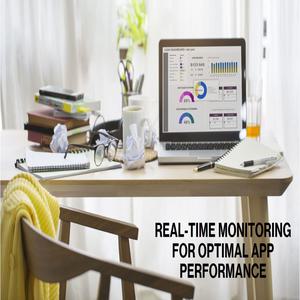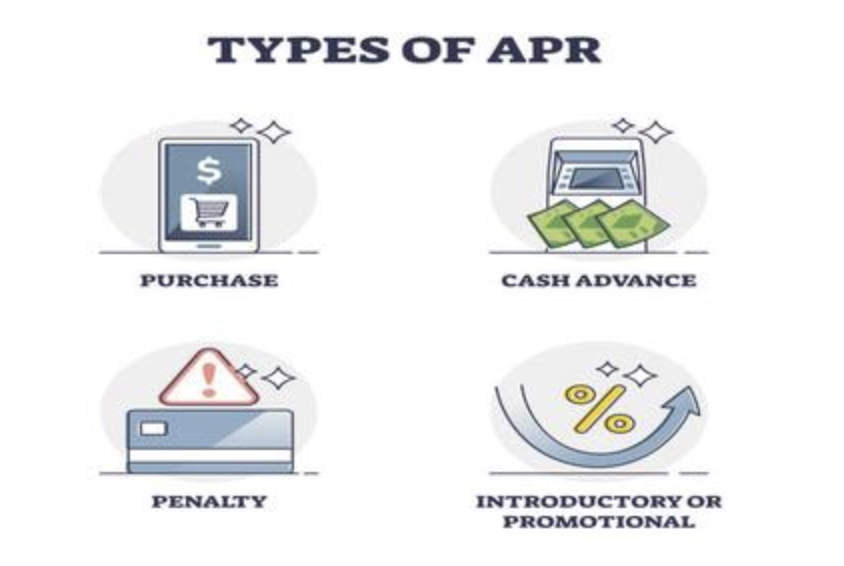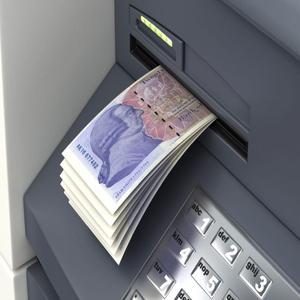In the constantly changing world of finance, it's essential to grasp how banks determine a borrower's creditworthiness, particularly for those with significant spending ability. As approaches to managing credit risk improve, banks are using advanced and sometimes unnoticed strategies to assess loans. These techniques extend well beyond the usual credit score, influencing the financial options accessible to customers.

The Rise of Alternative Data Sources
The era when banks depended only on credit reports and income statements has passed. Nowadays, they are shifting towards utilizing alternative data sources to gain a fuller understanding of a borrower's financial habits. One surprising yet useful type of information comes from social media activity. Banks scrutinize elements like how often users post about finances, their interactions with financial institutions on these platforms, and even the nature of their discussions regarding money. A steady pattern of responsible financial conversations online may enhance a borrower's perceived creditworthiness.

Utility payment history is another important alternative data source. Paying electricity, water, and gas bills on time demonstrates a borrower’s discipline and financial reliability. Recognizing this, banks are incorporating such information into their evaluation systems, understanding that regular on-time payments across different services are strong indicators of trustworthy repayment behavior.
Advanced Machine Learning Algorithms
Banks are harnessing machine learning algorithms to transform the way they assess credit. These technologies can analyze huge amounts of information instantly, uncovering intricate patterns and connections that human analysts might overlook. For instance, machine learning can identify subtle links between a borrower's spending behavior, such as when they shop, the kinds of stores they visit, and how likely they are to fail on loans.
Furthermore, these algorithms keep improving and adjusting over time. With the arrival of new data, they refine their evaluation methods, which helps ensure that credit assessments stay precise and applicable in an ever-changing financial landscape. This flexibility enables banks to better understand the credit risks associated with individuals who spend significantly, as their financial situations are often more complex.
Behavioral Economics in Credit Assessment
Behavioral economics is influencing how credit evaluations are conducted. Nowadays, banks take into account the psychological factors and biases of individuals when judging their creditworthiness. For instance, examining how borrowers respond to financial incentives can provide significant insights into their decision-making regarding finances. A borrower who adeptly utilizes credit card reward programs in a responsible way may show strong financial skills, suggesting a lower chance of defaulting on payments.Furthermore, banks assess how individuals deal with financial pressures. Those who show resilience and modify their spending during tough economic times are perceived more positively. By integrating these behavioral factors, banks can better understand a borrower's financial habits and make more educated lending choices.
The Role of Real - Time Monitoring
In today's digital world, continuous monitoring plays a crucial role in managing credit risk. Banks utilize cutting-edge technologies to observe a borrower's financial actions as they occur. This process involves keeping track of account balances, spending habits, and any unexpected shifts in expenditure. For individuals who spend significantly, an abrupt increase in large transactions may prompt the bank to investigate further.

Moreover, real-time surveillance enables banks to deliver more tailored credit options. When a borrower's financial status changes quickly, whether for better or worse, the bank can modify credit limits, interest rates, or repayment plans promptly, ensuring that the credit provided remains suitable and manageable.
To sum up, credit risk management is experiencing a noteworthy shift. By blending alternative data, sophisticated machine learning techniques, principles of behavioral economics, and real-time tracking, banks can evaluate creditworthiness effectively. For high-spending individuals, being aware of these developments not only sheds light on how their credit is assessed but also encourages them to take proactive measures to improve and secure their financial wellbeing.

Installment Plans: Trap or Financial Tool for Youth?

Why the Wealthy Choose Insurance for Inheritance

Cash Flow Thinking: Rethinking How to Earn

5 Investment Opportunities Beyond the Stock Market in 2024

Small-Cap vs. Large-Cap Funds: Where Should You Invest?

Financial Strategies for Protecting Wealth: Current Trends and Future Predictions

Choosing Commercial Insurance: Life or Wealth?
